By Ramesh Gurung • Frontline • Sep 14, 2025 13:54 PM • 57 views
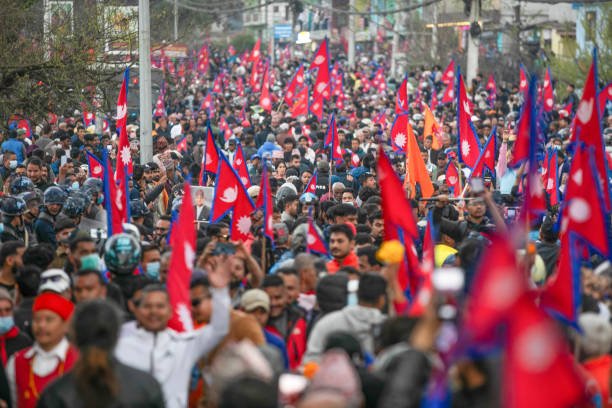
In early September 2025, Nepal witnessed its largest youth-led protests in decades, triggered by the government’s ban on 26 social media platforms, including Facebook, Instagram, and WhatsApp. The ban, officially justified by non-compliance with registration rules, was widely perceived as an attempt to silence criticism of politicians’ corruption and the lavish lifestyles of their children ("nepo kids"). Gen Z protesters, organized primarily through Discord and Instagram by groups like Hami Nepal, flooded the streets of Kathmandu and other cities, demanding governmental accountability, anti-corruption reforms, and the restoration of digital freedoms.
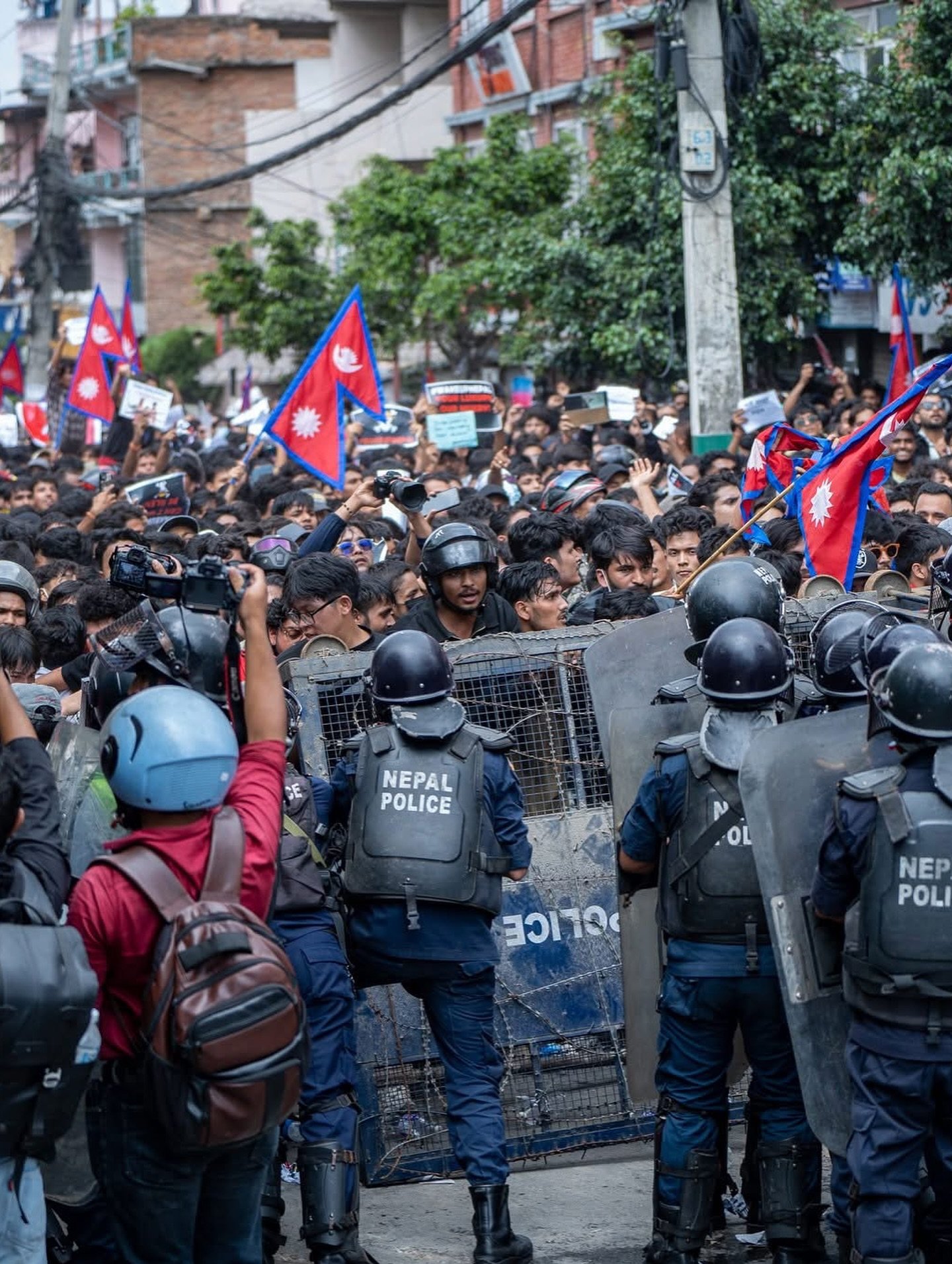 The initially peaceful protests turned violent after security forces responded with live ammunition, tear gas, and water cannons, resulting in 72 deaths and over 1,300 injuries . Anger escalated as protesters set fire to government buildings, including the historic Singha Durbar (the government secretariat), the Supreme Court, and the Parliament building . Homes of politicians, such as former Prime Minister Sher Bahadur Deuba, were also targeted. Amid the chaos, thousands of inmates escaped from prisons, including controversial political leader Rabi Lamichhane, jailed for money laundering.
The initially peaceful protests turned violent after security forces responded with live ammunition, tear gas, and water cannons, resulting in 72 deaths and over 1,300 injuries . Anger escalated as protesters set fire to government buildings, including the historic Singha Durbar (the government secretariat), the Supreme Court, and the Parliament building . Homes of politicians, such as former Prime Minister Sher Bahadur Deuba, were also targeted. Amid the chaos, thousands of inmates escaped from prisons, including controversial political leader Rabi Lamichhane, jailed for money laundering.
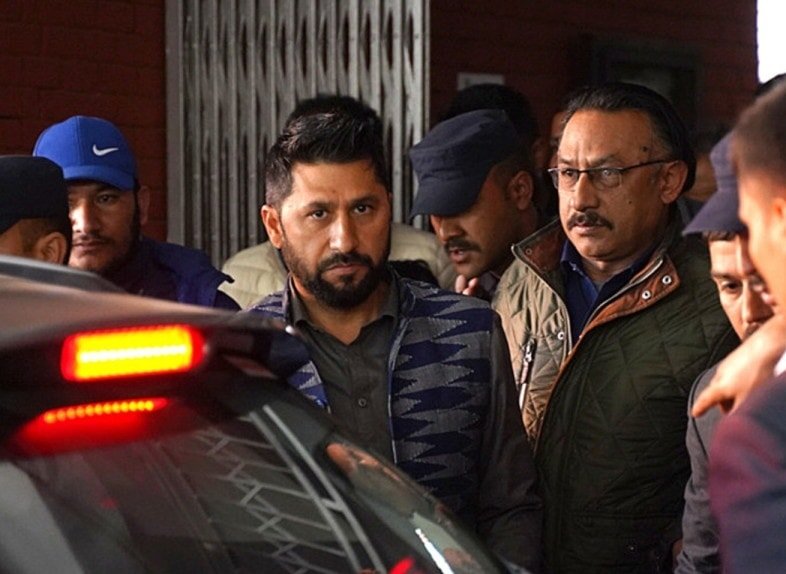
Protest leaders quickly distanced themselves from the violence, claiming the movement had been "hijacked" by "external forces and political cadres". Hami Nepal, an NGO initially focused on earthquake relief, emerged as a key organizer, but its leader, Sudan Gurung, faced scrutiny as critics questioned whether he was being manipulated or used as a "scapegoat". Despite Gen Z’s emphasis on peaceful activism, extremist elements infiltrated the protests, leading to arson and looting.
With Prime Minister K.P. Sharma Oli’s resignation on September 9, a power vacuum emerged. The Nepali Army, led by General Ashok Raj Sigdel, intervened, imposing a nationwide curfew and facilitating talks between protest leaders and political figures. Through a Discord-based "mini-election," Gen Z participants nominated Sushila Karki, Nepal’s first female Chief Justice, as interim Prime Minister. Karki, known for her anti-corruption stance, was appointed despite not being an elected MP. President Ram Chandra Paudel dissolved the House of Representatives, and elections were set for March 2026.
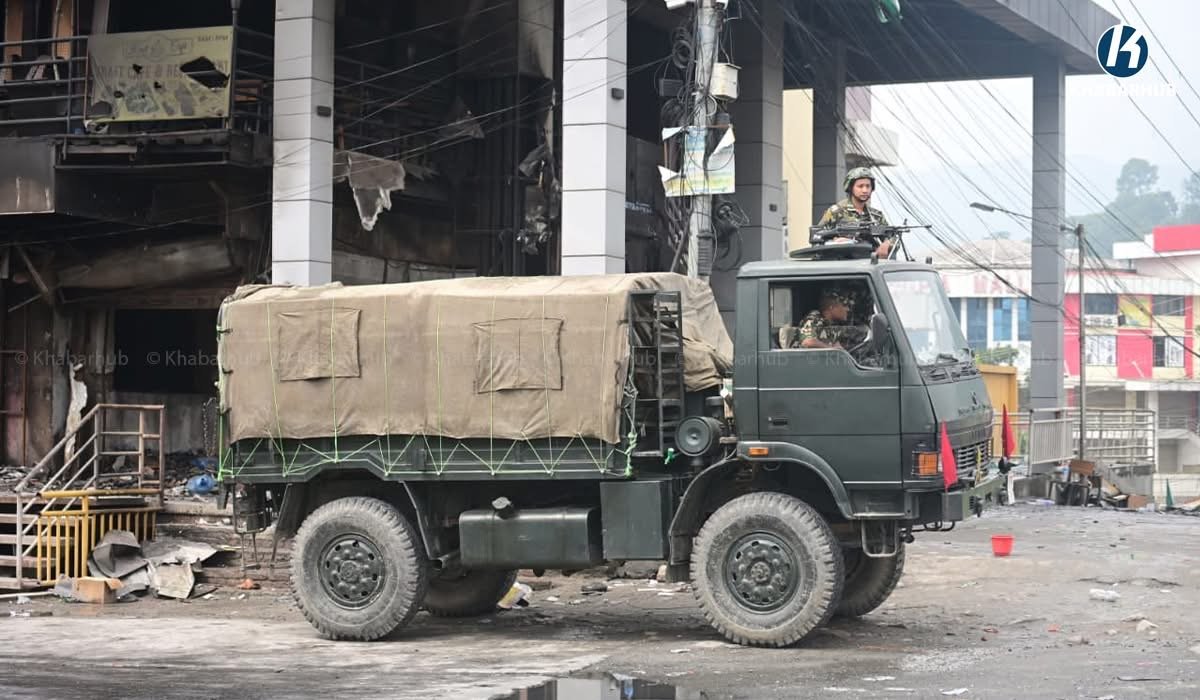 The protests occurred against a backdrop of geopolitical tensions. Oli’s recent visit to China, where he discussed the China-Nepal railway and met with Russian President Vladimir Putin, fueled speculation about foreign influence . While the U.S. and Western NGOs were accused of exploiting the movement, the search results did not corroborate claims of direct involvement by figures like Victoria Nuland or "Free Tibet" groups . Instead, the uprising was primarily driven by domestic issues: youth unemployment (20.8%), economic inequality, and frustration with a rotating elite of politicians .
The protests occurred against a backdrop of geopolitical tensions. Oli’s recent visit to China, where he discussed the China-Nepal railway and met with Russian President Vladimir Putin, fueled speculation about foreign influence . While the U.S. and Western NGOs were accused of exploiting the movement, the search results did not corroborate claims of direct involvement by figures like Victoria Nuland or "Free Tibet" groups . Instead, the uprising was primarily driven by domestic issues: youth unemployment (20.8%), economic inequality, and frustration with a rotating elite of politicians .
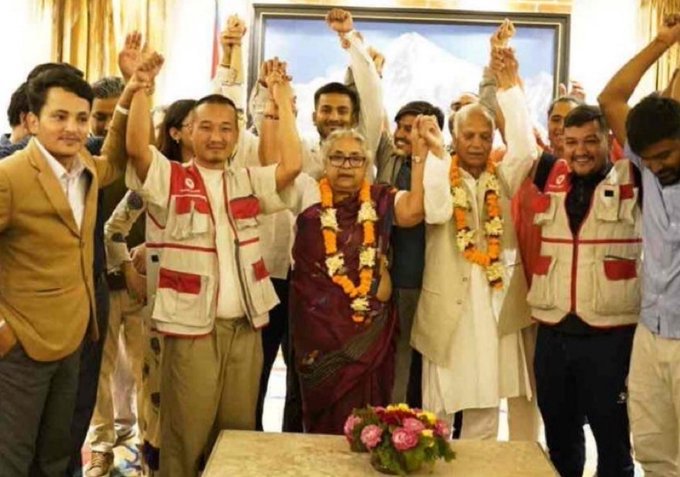 Sushila Karki’s appointment marks a historic moment as Nepal’s first female interim leader. She has pledged to address corruption, compensate victims’ families, and hold elections . However, challenges remain.
Sushila Karki’s appointment marks a historic moment as Nepal’s first female interim leader. She has pledged to address corruption, compensate victims’ families, and hold elections . However, challenges remain.
Constitutional Legitimacy: The dissolution of Parliament without the PM’s recommendation was criticized as unconstitutional.
Reconstruction: Key government buildings, including the Supreme Court and Parliament, were destroyed, complicating governance.
Youth Representation: Gen Z demands a break from traditional politics, but the movement’s leaderless structure risks instability.
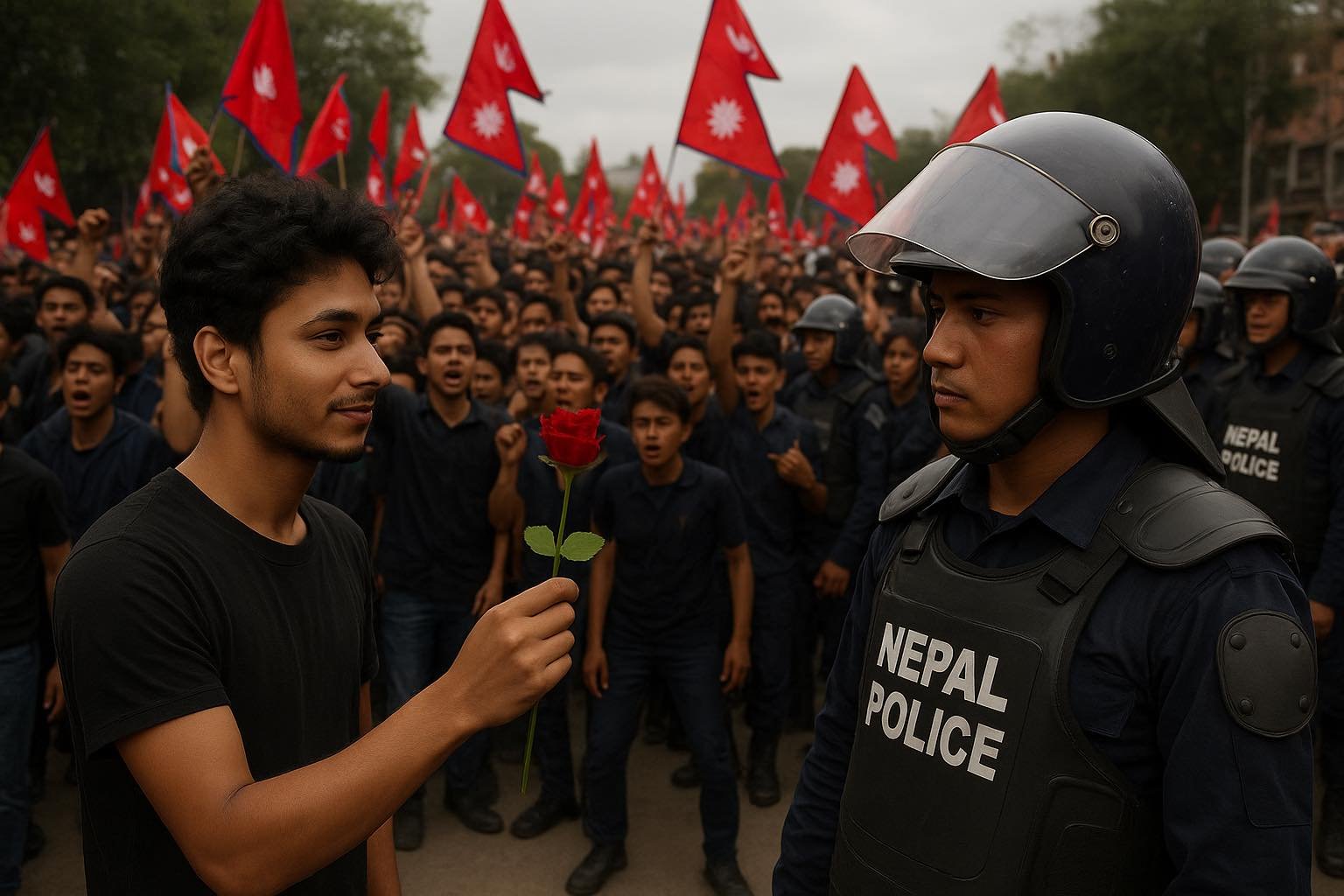 Nepal’s Gen Z uprising reflects a deep-seated desire for change, but the path forward is fraught with challenges. While the protests forced a corrupt government to resign, the violence and destruction revealed the movement’s vulnerability to infiltration. As interim PM Sushila Karki navigates this transition, the world watches whether Nepal’s youth can translate their idealism into lasting reform.2.
Behind the Scenes: Political Games and Hidden Agendas. Is This a "Trojan Horse" for Foreign Influence? "The future of Nepal's political game is now a ball on the table".
Nepal’s Gen Z uprising reflects a deep-seated desire for change, but the path forward is fraught with challenges. While the protests forced a corrupt government to resign, the violence and destruction revealed the movement’s vulnerability to infiltration. As interim PM Sushila Karki navigates this transition, the world watches whether Nepal’s youth can translate their idealism into lasting reform.2.
Behind the Scenes: Political Games and Hidden Agendas. Is This a "Trojan Horse" for Foreign Influence? "The future of Nepal's political game is now a ball on the table".
Tags:



